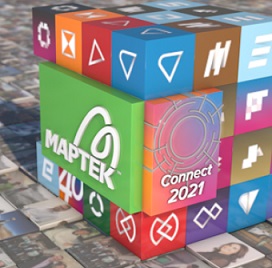The use of machine learning in prospectivity analysis has attracted much attention, promising an objective approach that minimises human bias. In real-world applications, however, prospectivity analysis is subject to a number of other biases that can be attributed to the data used, the complicated and tenuous relationship between these data and the mineral system proxies they aim to map, and the sometimes equally tenuous relationship between proxies and the mineral system processes of interest.
Ill-informed links between data, proxy and process is a weakness that can be minimised with a nuanced combination of geoscience and data science.
Discover how by combining advanced data processing, knowledge compilation, geological interpretation and machine learning, BHP, SRK and DeepIQ were able to investigate multiple approaches to support the discovery of large porphyry copper deposits in a well-explored region in the northern Chilean Andes, and how the same approach might also be used to good effect on other projects in the future.


20191126223346907.png)